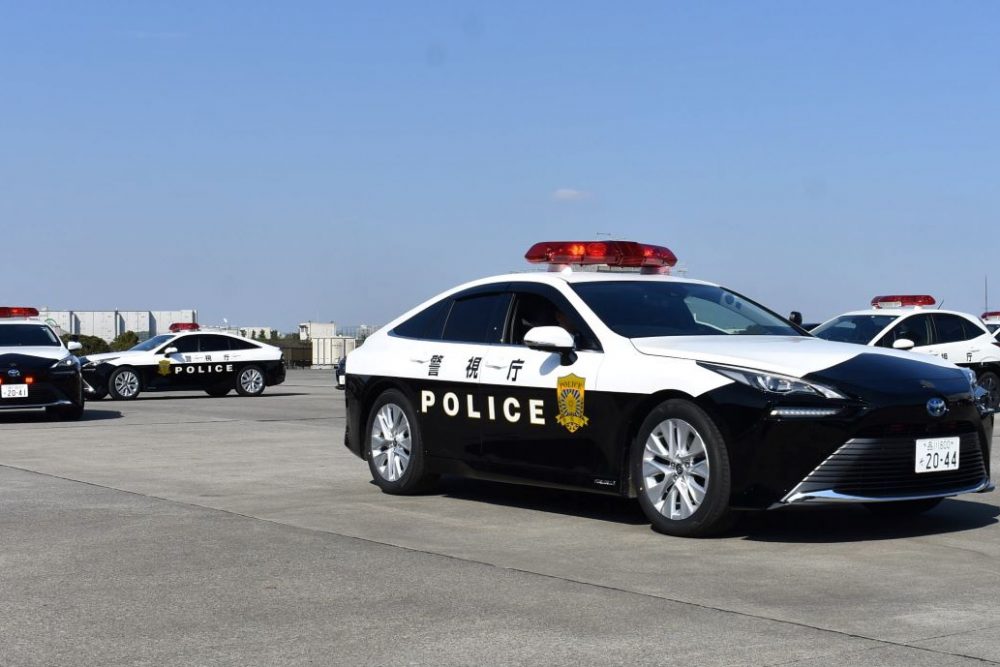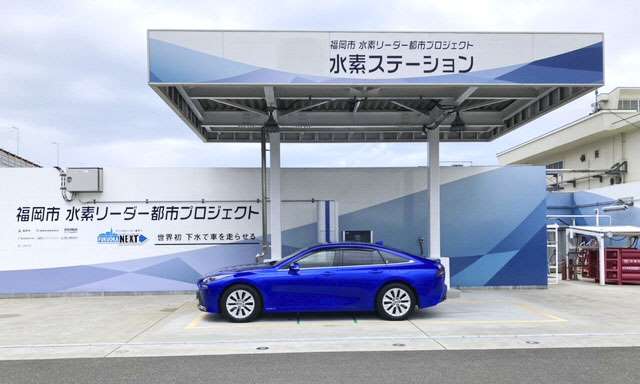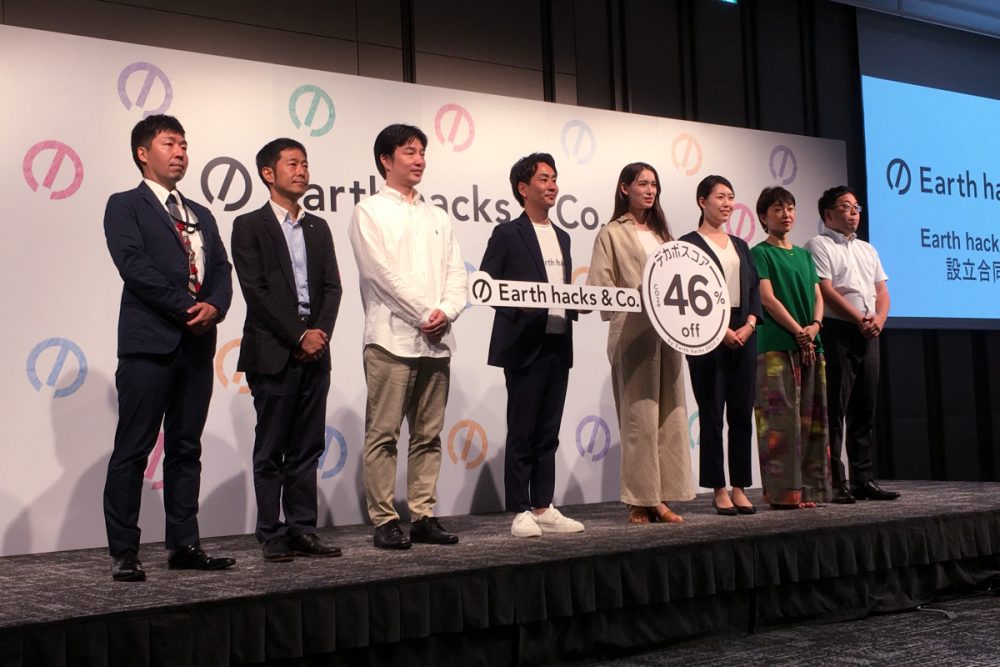Bioplastic That Makes Better Use of Plant Waste Grows in Popularity
A startup developed a new bioplastic made from underutilized components of plant and wood waste, with a carbon footprint smaller than conventional plastic.
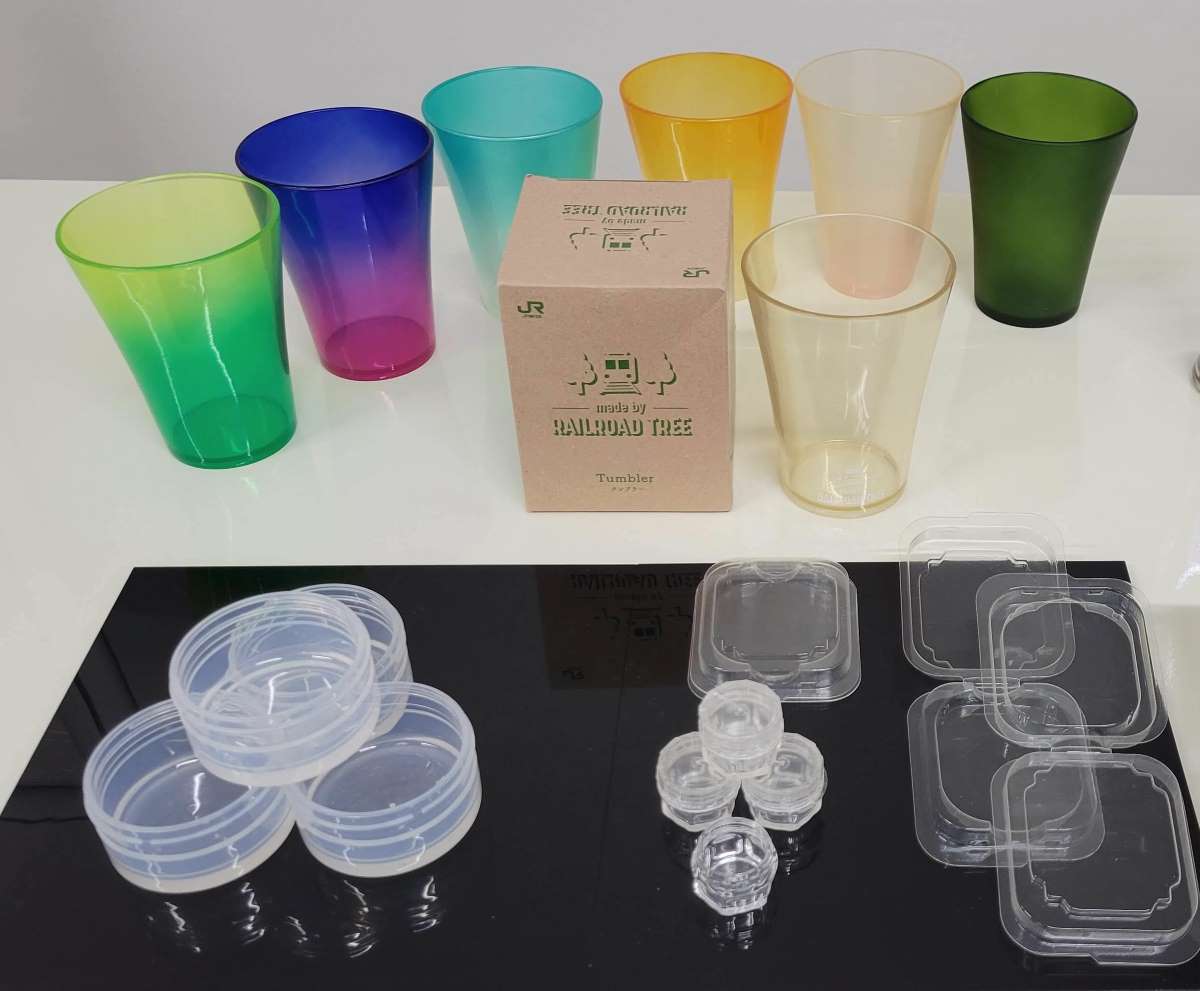
このページを 日本語 で読む
A startup has successfully developed a bioplastic by extracting components from underused biomass like wood waste that had been difficult to utilize to date.
The bioplastic has lower CO2 emissions compared to plastics derived from petroleum. It can also be made biodegradable and ultimately broken down into CO2 and water by microorganisms.
Several major companies have adopted the bioplastic for their products. Work is underway to develop new applications for the material.
Underused Component Becomes Bioplastic
The startup is Business Innovation Partners, based in Kawasaki. A consulting company, the startup supports the 'midstream' sector. This includes the die and mold industry which is essential for processing materials and the raw materials that are processed using dies.
The company started developing bioplastics based on the belief that it could support the industry by creating new materials upstream, that would be in demand midstream.
It chose to focus on 'hemicellulose' as a component. The startup embarked on the development of the new material when an experienced technician, who had researched hemicellulose for many years, joined the firm as a mid-career recruit.
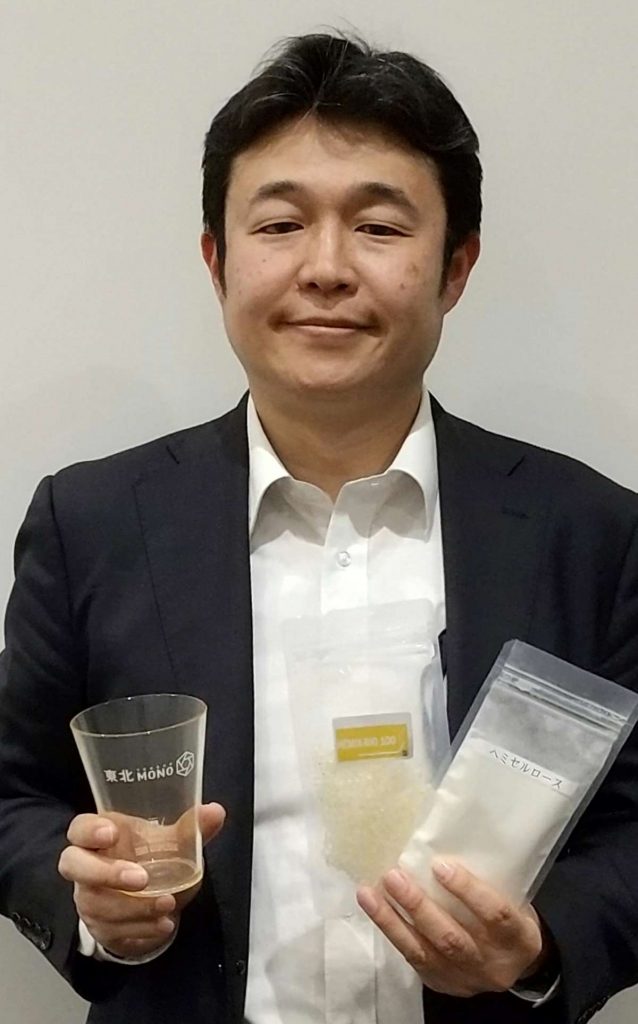
Trees and other plants are comprised of 40-50% cellulose and 20-30% hemicellulose. Cellulose, the main component of pulp, is widely utilized. But hemicellulose, which is difficult to extract and process, has mostly been burned or discarded unused.
Business Innovation Partners found the optimum conditions for extracting hemicellulose by applying heat and pressure to plants and trees. The extracted hemicellulose is chemically treated with natural additives, forming a bioplastic.
The company sells the product under the name HEMIX. It can be manufactured to be transparent, heat resistant, and durable.
Bioplastic Growing in Popularity
Major corporations have begun adopting the new bioplastic.
In March 2021, Tokyo-based JR East Start UP Co., Ltd., a subsidiary of JR East that collaborates with startups, developed a tumbler using hemicellulose. The hemicellulose was extracted from wood waste from thinning woods along railways in Fukushima Prefecture. The tumbler was sold on a limited basis.
Cosmetics and health food manufacturer Fancl has adopted a packaging material made from sheets of hemicellulose extracted from barley dregs generated during beer production.
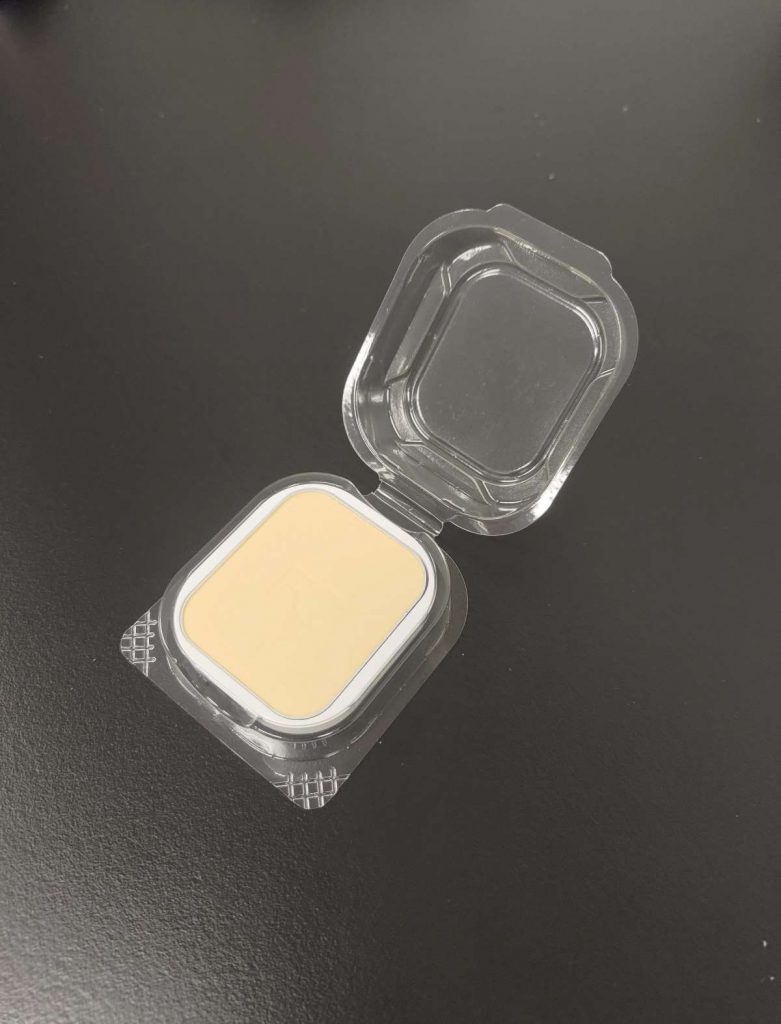
Fancl will first employ the bioplastic as a protective material for a new foundation product to be launched in March 2023. It is considering using the sheets as packaging material for other products as well.
Challenges Remain
The challenge in promoting the use of HEMIX is cost. Pellets of petroleum-derived polypropylene and ABS resin generally cost around ¥200-300 JPY per kilogram. HEMIX is several times more costly at around ¥1,000 JPY per kilogram.
But the bioplastic has other advantages. In addition to reducing CO2 emissions, it also reduces disposal costs if food residue is used as raw material.
The company intends to lower total cost. For instance, it plans to collaborate with a mold manufacturer to develop an efficient process for manufacturing products.
Jin Nasukawa, CEO of Business Innovation Partners, explained. "HEMIX can be developed to meet the required applications. We are receiving development requests from manufacturers in Japan and overseas. By licensing HEMIX, we hope to contribute to the prevention of global warming," he said.
このページを 日本語 で読む






